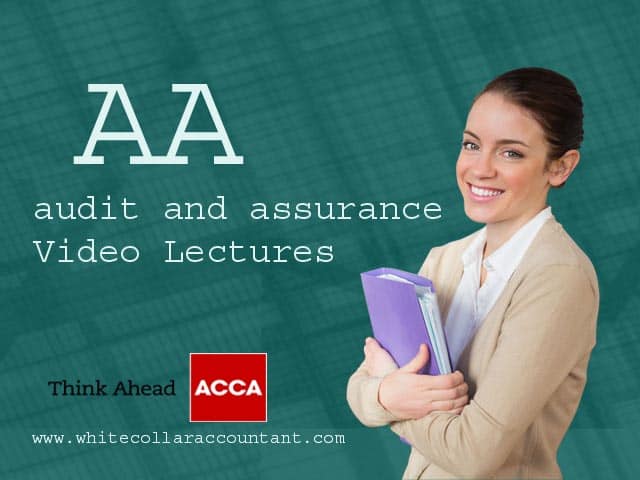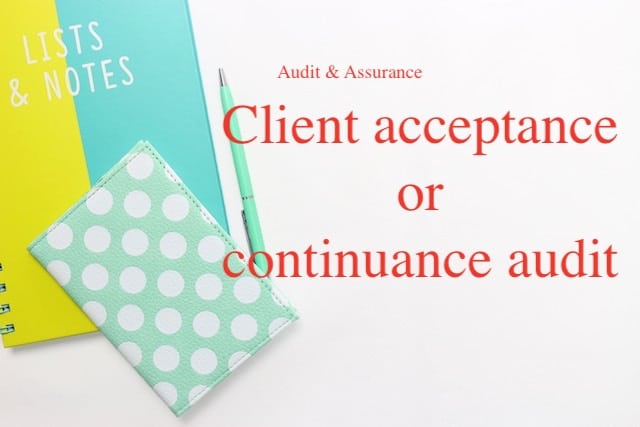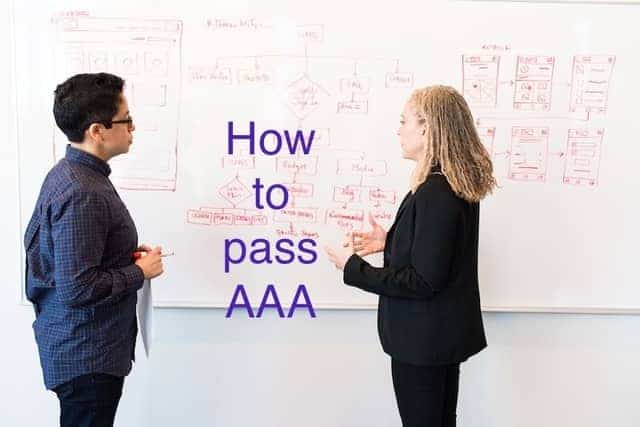ACCA AAA Syllabus 2025
ACCA AAA (Advanced Audit and Assurance) – Previously known as P7 – AAA, And ACCA ACCA AAA Syllabus 2025 AAA Syllabus includes two sections 1: Audit of historical Financial Statements (All syllabus of AA) 2: Other Areas Two sections in this area Paper Pattern Books & Revision Kits How to pass AAA (Tips and Tricks)…




